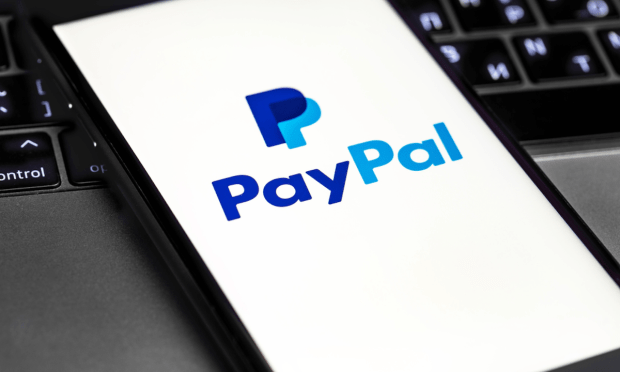PayPal Wants to Monetize the Connected Shopper With Ads

Following a trend that has been predicted since JPMorgan Chase announced Chase Media in early April, PayPal has announced the creation of a new advertising division, PayPal Ads, which aims to utilize the company’s vast user data to help advertisers reach targeted audiences. The payments giant would create this ad network using data from user purchases as well as wider spending patterns from the millions of people using PayPal and Venmo, according to an announcement released early Tuesday (May 28).
According to the company, PayPal Ads will be led by Mark Grether, formerly head of Uber’s advertising business, who will oversee the development of ad formats, sales, and team expansion. The company had already introduced Advanced Offers, an AI-powered ad product that helps merchants target PayPal users with personalized promotions and discounts.
“Commerce and advertising are deeply connected, and we believe that the advertising platform we are building at PayPal will become a must-use marketing channel for merchants big and small. I’m thrilled to have Mark join our team and lead this important work,” said Diego Scotti, EVP, general manager of PayPal’s Consumer Group and Global Marketing and Communications.
Grether brings over 20 years of experience in the advertising industry, having previously led Uber Advertising to become a $1 billion business with more than 500,000 advertisers globally. Prior to Uber, he held leadership roles at Amazon, Sizmek, and WPP’s Xaxis.
In addition to Grether’s appointment, PayPal has also named John Anderson as SVP, general manager of the Consumer Group. Anderson, who joins PayPal from Plaid, will be responsible for the company’s consumer business, including product strategy for PayPal and Venmo globally.
PayPal’s entry into the advertising market follows a similar move by JPMorgan Chase, which recently announced that it would allow advertisers to target users of its website and banking app based on their transactional histories. As more financial services companies venture into the retail media marketplace, industry experts anticipate that they may command higher ad rates due to their ability to provide detailed consumer profiles.
As PYMNTS reported in the wake of the Chase Media announcement of a similar network on April 3, the use of financial services platforms for advertising, marketing and eCommerce signals the value of transaction-level data in crafting targeted offers. As Banyan CEO Jehan Luth predicted at that time, you can expect to see more of them.
“The comfort level with a large, regulated institution that consumers trust — and that is a safe place, from an advertiser’s brand perspective, for media targeting and customer benefit rewards — well, that’s exciting to see,” Luth said at the time, noting that the shift is a necessary one that is likely to be copied because all financial institutions are grappling with pressures on interchange revenues, he said. As interchange fees are capped, net interest margins may be, too, and financial services companies need to dedicate resources to crafting new revenue streams.
However, The Wall Street Journal notes that financial companies may need to generate significant ad sales growth to materially impact their bottom lines, given the higher profit margins of their core businesses compared to retail chains. Additionally, PayPal will need to balance the monetization of user data with maintaining the trust and engagement of its customers, particularly younger Venmo users who view the app as a social media platform.
Grether told the WSJ his new role will involve developing new ad formats, overseeing sales and hiring workers to fill out the division.
“If you’re someone who’s buying products on the web, we know who is buying the products where, and we can leverage the data,” Grether said.
He added that PayPal credit card customers would also give the company data from brick-and-mortar retailers.
The company’s most recent earnings report showed PayPal processing 6.5 billion payments by rooughly 400 million customers in the first quarter. Total payment volumes climbed 14% to $403.9 billion during the quarter.

